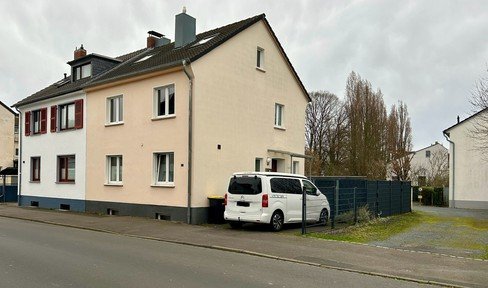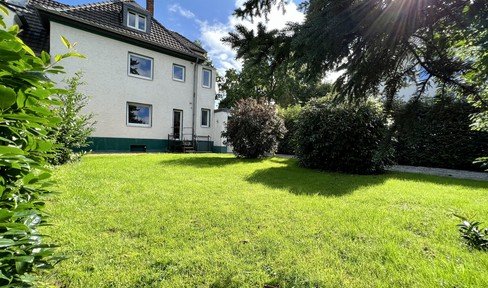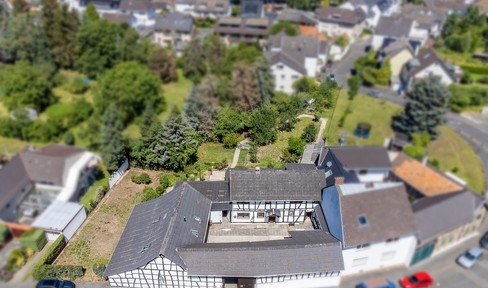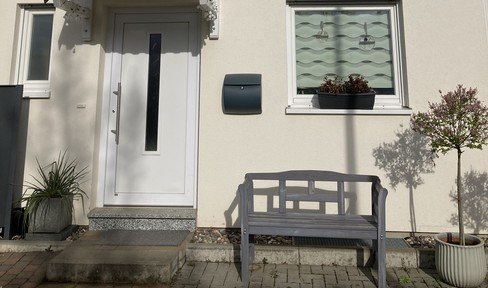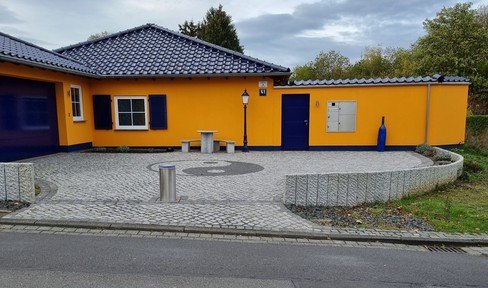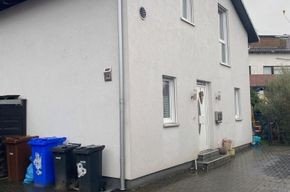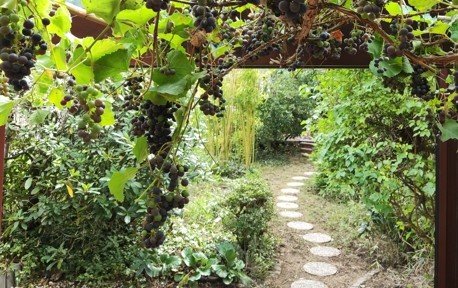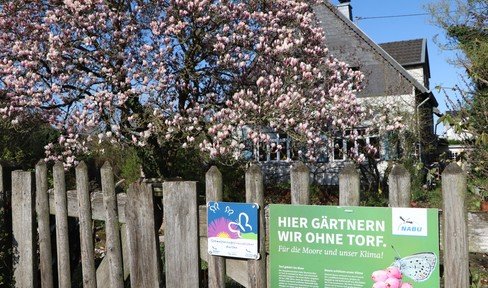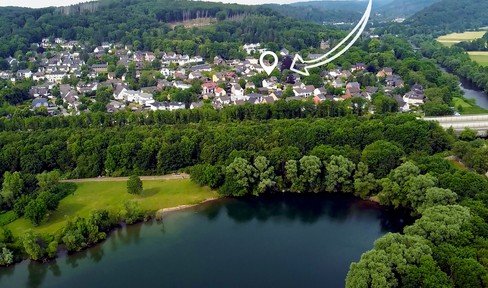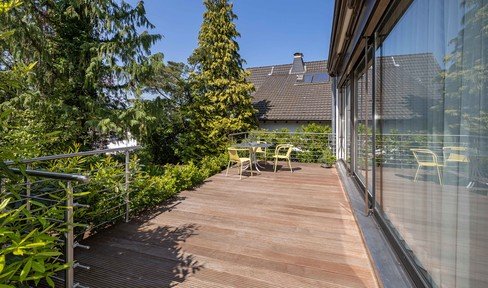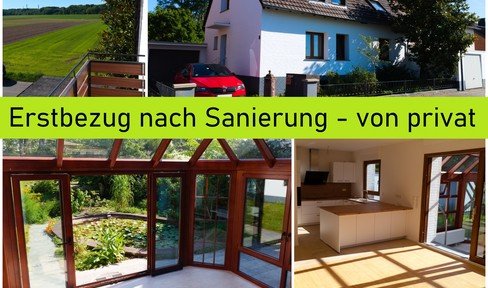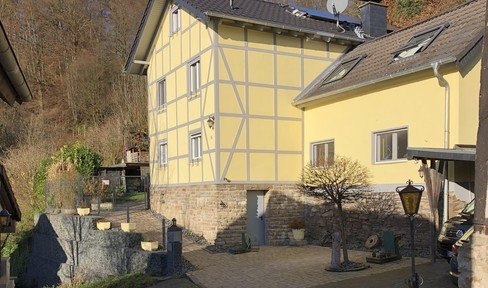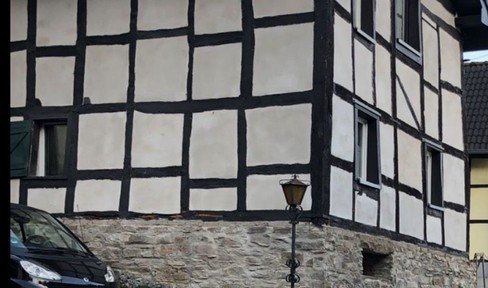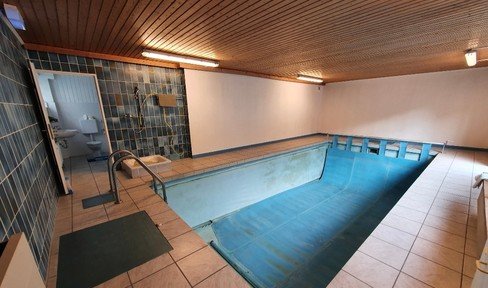
This page was printed from:
https://www.ohne-makler.net/en/properties/house-buy/nordrhein-westfalen/bonn/
Comission-free Houses for sale in Bonn
Here you will find 31 offers for commission-free Houses in Bonn and surroundings
Romans, Rhine, seat of government: Bonn always grows with its new tasks
The Romans already appreciated the geographically and strategically favorable location of the originally Germanic settlement on the Rhine. Their exploratory and later legionary camp, built shortly after the beginning of our era on the site of today's university and cathedral, as well as the neighboring civilian settlement "Vicus Bonnsis" in today's district of Gronau on the left bank of the Rhine, are regarded as the nucleus and namesake of today's city of Bonn with its current population of over 310,000 in the 140 km² urban area. In the course of the centuries, first the Franks, then the Cologne Electors, the French and finally, from 1815, the Prussians ruled over the continuously growing and economically flourishing city. A significant milestone in the city's history was the founding of the "Rheinische Friedrich-Wilhelms-Universität" in 1818, which is still internationally respected today and whose approximately 33,000 students still characterize the image of Bonn. Federal and world politics also determined the city's development for more than five decades between 1949 and 1999. The "provisional" seat of government, which was decisively initiated by the first Federal Chancellor Konrad Adenauer, provided for an upswing, prosperity and the construction of numerous new administrative and residential buildings.
The left bank of the Rhine and the city center tend to be more expensive than the right bank and Bonn's suburbs.
However, Bonn's fears at the time that the relocation of almost all federal institutions to Berlin would herald the city's economic decline have precisely not come true. On the contrary, numerous institutions and companies - 19 different United Nations organizations alone with almost 1,000 employees - have since settled in Bonn, and their presence has ensured steady population growth, a stable job market and rising demand for apartments and houses. The employees at the headquarters of the local privatized state-owned companies Deutsche Post AG, Deutsche Telekom and Postbank, as well as those at the many research institutions, have also made the available free living space in and around Bonn coveted and scarce in recent years. By far the most popular and thus most expensive residential areas for house purchases are located almost exclusively on the left bank of the Rhine in the districts of Südstadt, Weststadt, Poppelsdorf, Ippendorf, Venusberg, Dottendorf, Kessenich-West, Gronau-Süd, Plittersdorf, Villenviertel, Rüngsdorf and Alt Godesberg. For single-family houses in the old or new building there approx. 400,000 to 2 million euro become due, a similarly high price structure prevails also in the Toplagen on the right Rhine side. For example, in Bergheim, Müllekoven, Troisdorf-Spich, Sankt Augustin (Ort, Hangelar) and in the direct waterfront locations of Bonn-Beuel and Limeprich.
The population growth is also moving the periphery into focus
At present, it is still cheaper to buy your own home in the good residential areas of districts such as Ückesdorf, Röttgen, Lengsdorf, Medinghoven, Lessenich, Bonn-Castell, Nordstadt, Friesdorf, Schweinheim, Muffendorf, Heiderhof and Mehlem in the west or south of the city, with prices ranging from 300,000 to 800,000 for an old building and 350,000 to 1 million euros for an old building. Comparable conditions can be found on the right bank of the Rhine in southern Beuel-Mitte, Ramersdorf, Duisdorf, Oberkassel and Römlinghofen, and somewhat further out also in Kohlkaul, Holzlar, Heidebergen, Villich/Mühldorf and Villich/Rheindorf. In view of the unbroken strong demand and the further population growth in Bonn forecast by almost all experts, most market observers also expect future price and value increases for all properties in the surrounding area. Troisdorf and Sankt Augustin have already moved into the focus of attention, where in the good residential areas such as Kriegsdorf, Eschmar, Sieglar, Mitte, Mülldorf and Niederpleis, the cost of buying a house is already almost as high as in the sought-after districts ofBonn.
Still also in central situations of Bonn favorable real estate offers can be seized
But also simple and middle housing situations with house prices between 150,000 to 350,000 and/or 250,000 to 450,000 euro stand in Bonn still for the selection. On the right bank of the Rhine, one can find good offers in this regard and even one or two bargains, especially in Neu-Villich, Kündinghoven, Busidorf, Pützchen/Bechlinghoven and Birlinghoven. On the opposite side of the large river one can become fündig on the search for an affordable house also still in parts of Bonn Castell, in Endenich, Drahnsdorf, Tannenbusch, Brüser mountain and even in the otherwise rather expensive Godesberg north at the Pittersdorferstrasse and the Burgstrasse as well as around the station bath Godesberg. With the targeted sale of developed and undeveloped urban land, the city of Bonn also explicitly promotes the creation of property for families. Information on plots of land is available on request from the City of Bonn's land register at the Land Registry and Surveying Office on Berliner Platz. With average prices for houses of approx. 2,750 euros/m², Bonn is already well above the state average in North Rhine-Westphalia and that of the federal government (approx. 1,800 euros/m² in each case).
Short facts Buying a house in Bonn:
- Favorable location and good transport links make Bonn a popular place to live
- Numerous large companies also ensure strong demand for living space
- Bonn's population has been growing continuously and above average for years
- The most expensive areas are the center, the right side of the Rhine and all waterfront locations.
- As a result of the many people moving to the city, demand is also increasing for the outlying areas.
- Inexpensive simple and mid-range houses are still available in the northwest and northeast
- Bonn pays particular attention to promoting family ownership
Houses for sale around Bonn
Properties to Rent in Bonn
Properties for Sale in Bonn
Diese Seite wurde ausgedruckt von:
https://www.ohne-makler.net/en/properties/house-buy/nordrhein-westfalen/bonn/
